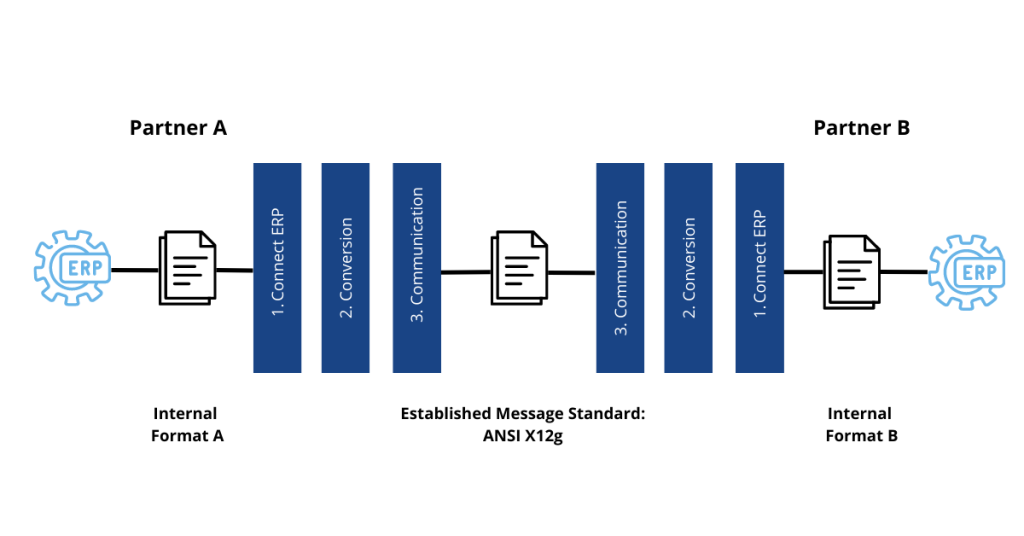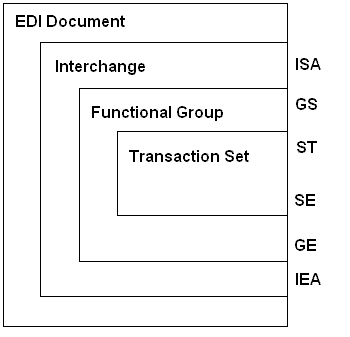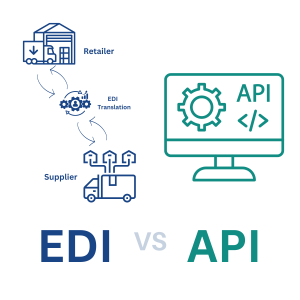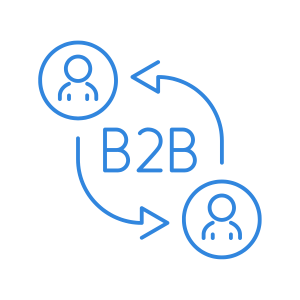Introduction
ANSI stands for American National Standard Institute founded by the Accredited Standards Committee (ANSI) in 1979 to develop uniform standards for the inter-industry electronic exchange of business transactions, namely electronic data interchange (EDI).
ANSI ASC X12 standards are a set of standards and rules that determine a specific syntax for structuring and transferring business documents electronically between partners.
There are many names for the ANSI ASC X12 standards. Sometimes they are called the EDI ASC X12, ANSI X12, ASC X12, or sometimes it’s just simply called X12

History of EDI ANSI ASC X12 Standard
Way back in the 1960’s railroad companies developed and used inter-company communications. By the 1970s many big grocery retailers started using EDI and proliferated their early form of technology. By 1973 the committee that had been established in the 1960s decided to create a set of standards that all EDI users could use to make the exchange of information seamless. In 1981 these standards eventually became ratified as the EDI ANSI X12 standard in use today.
ASC X12 has sponsored more than 315 X12-based EDI standards and a growing collection of X12 XML schemes for insurance, healthcare, government, transportation, finance, and many other industries.
EDI ANSI ASC X12 Standard Key Takeaways
EDI X12 – A continuously adapting language and expansive vocabulary that allows millions of transactions a day to seamlessly flow.
Here are some key takeaways while using EDI ANSI ASC X12 Standards,
- Consensus-Based: Developed and maintained through stakeholder consensus
- Interoperable: Complementary to other standards of organizational work
- Syntax-Neutral: Produced in and compatible with many syntaxes
- Ready for the Future: Continuously adapting language and vocabulary
What is ASC X12 Transaction Set?
The transaction set is a single business document such as an invoice, purchase order, ship notices, healthcare claim, etc. Each set of transaction data is identified by a 3-digit code number and there are hundreds of transaction sets available in the ANSI ASC X12 standards.
ANSI X12 Message Structure
ANSI X12 messages consist of 3 parts.
- Header
- Detail
- Summary
An ANSI X12 message always begins with the Transaction Set Header (ST) segment in “1. Header” and always ends with the Transaction Set Trailer (SE) segment in “3. Summary”.
In between the Transaction Set Header (ST) segment and Transaction Set Trailer (SE) segment, there are segments with an ID and Title in a desired sequence of segments. The content and sequence vary for the type of ANSI X12 EDI message type as outlined in the figure above.
ASC X12 Segments and Sequence
The following Purchase Order example, shows which segments can be used in the transaction set and the desired sequence of segments:
ID TITLE
ST Transaction Set Header
BEG Beginning Segment for Purchase Order
CUR Currency
REF Reference Identification
PER Administrative Communications Contract
TAX Tax Reference
FOB F.O.B. Related Information
CTP Pricing Information
PAM Period Amount
CSH Sales Requirements
TC2 Commodity

Beginning and ending of ASC X12 Transaction Set
A transaction in an X12 document always begins with the Transaction Set Header (ST) segment
A transaction in an X12 document always ends with the Transaction Set Trailer (SE) segment
Benefits of EDI ANSI X12 Standard
- Allows transfer of documents from business to business without the hurdle of incompatible software or unsecured connections.
- X12 document transaction sets support many different industries from insurance to healthcare and transportation to communication.
- X12 standards play a key role in the healthcare industry by following the rules of HIPPA, the law that requires a national standard for healthcare transactions.
- One of the most valuable X12 assets is its comprehensive transaction set which includes commonly used business transactions or documents such as invoices, shipment notices, or purchase orders.
EDI X12 boasts over 300 transaction codes within five industry-based subsets or sub-standards
Conclusion
The American National Standards Institute Accredited Standards Committee X12 (ANSI ASC X12) plays a crucial role in standardizing electronic data interchange (EDI). These standards provide a common language for business transactions, facilitating seamless communication between trading partners. ANSI ASC X12 standards contribute significantly to increased efficiency, reduced errors, and improved interoperability across various industries.
Frequently Asked Questions
ANSI ASC X12 is a committee that develops and maintains standards for electronic data interchange (EDI) in the United States. It standardizes the format and structure of business documents exchanged between organizations, such as invoices, purchase orders, and shipping notices.
ANSI ASC X12 standards are important for businesses as they provide a standardized framework for electronic communication, promoting consistency and efficiency in the exchange of business documents. This leads to reduced errors, streamlined processes, and improved collaboration with trading partners.
ANSI ASC X12 standards are widely adopted across various industries in the United States. Many businesses and government entities use these standards to ensure uniformity and compatibility in electronic data interchange, contributing to a more interconnected and efficient business environment.
Yes, ANSI ASC X12 standards are designed to be flexible and can be customized to meet the specific needs of different industries. This adaptability allows businesses to implement EDI solutions tailored to their unique requirements.
While ANSI ASC X12 standards originated in the United States, they are also used internationally, especially in North America. However, other regions may have their own EDI standards, such as EDIFACT in Europe, to ensure global compatibility and harmonization in electronic data interchange.




